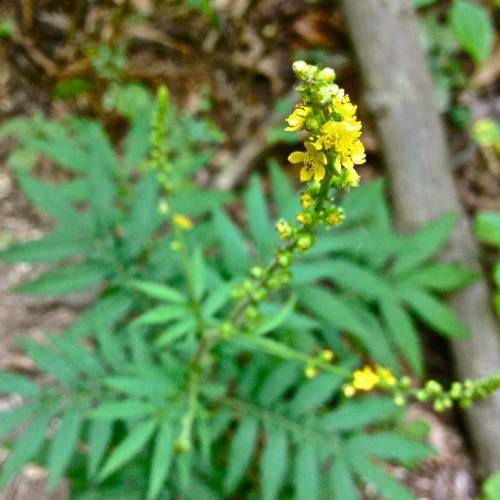
Small Flower Groovebur
Agrimonia parviflora
Also Known As - HarvestliceWatering:
Frequent
Hardiness Zone:
Sun:
full sun,part shade
Leaf:
Yes
Growth Rate:
Low
Drought Tolerant:
Yes
Salt Tolerant:
Yes
Care Level:
Medium
watering
Willamette Agoseris is a drought-tolerant plant and does not require a large amount of water. It prefers an evenly moist soil, so water when necessary to keep the soil slightly damp but not wet. Water once or twice a week during the hottest months from late spring to mid summer, reducing the frequency during autumn and winter as the weather cools. Do not allow the soil to become completely dry, or the Agoseris will suffer. In general, if the top inch or so of soil has gone dry, it's time to water. Give the plant a thorough watering, allowing the water to seep through the entire root zone.
sunlight
Willamette Agoseris (Agoseris xelata) grows best in sunny sites, receiving at least 4 to 6 hours of direct sunlight per day. Ideally, locate this plant in an open area that receives full sun for most of the day. Avoid planting in locations that receive too much shade or protection from wind or other plants. Provide the Willamette Agoseris with protection from hot afternoon sun if it is located in a particularly hot or dry climate.
pruning
Willamette Agoseris should be pruned in early spring as new growth begins to appear, when its foliage has begun to turn green. Pruning should be done to remove dead or diseased foliage, to reduce overcrowding, and to promote a healthy bushy shape. Pruning should be kept to a minimum, as too much can lead to less flowering or thinning foliage. It's best to prune no more than a third to half of the foliage at a time, focusing on the older, denser growth to encourage the development of a fuller and more compact shape. Removal of the entire flowering stems is not recommended, as doing so will impact the plant's ability to produce blooms throughout the year.
